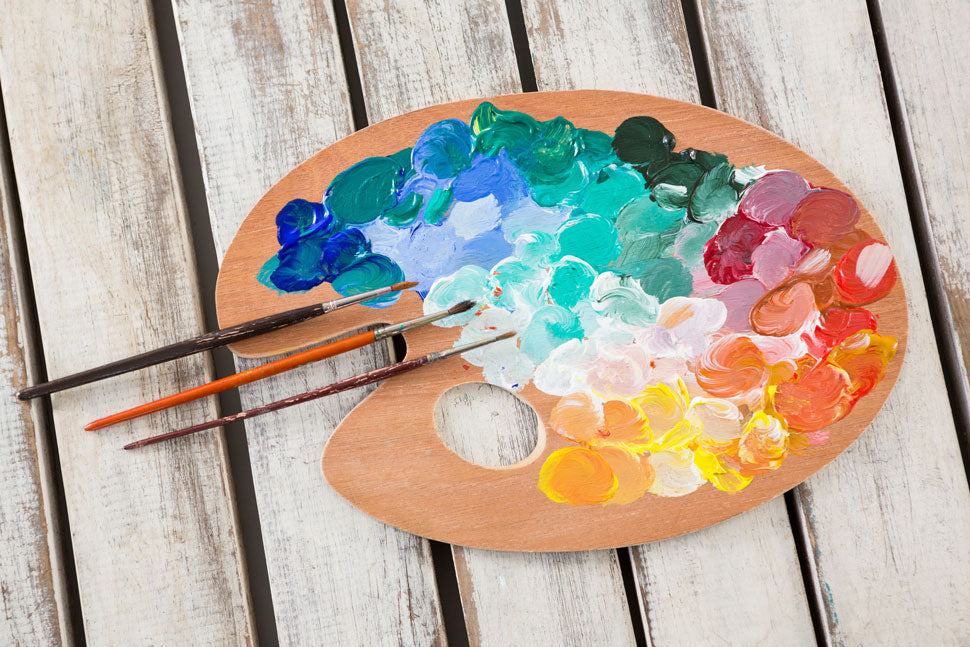How To Mix Acrylic Paint For Any Project

Mixing acrylic paint is an essential skill for artists and hobbyists alike. Whether you're working on a canvas, crafting a decorative item, or adding a splash of color to your home decor, knowing how to mix acrylic paint can open up a world of creative possibilities. In this blog post, we'll guide you through the basics of mixing acrylic paints, including understanding color theory, creating custom shades, and achieving the right consistency for your projects.
Understanding Color Theory
Before you dive into mixing paints, it's important to have a basic understanding of color theory. The color wheel is a valuable tool in this regard, showcasing the relationships between primary, secondary, and tertiary colors. Primary colors (red, blue, and yellow) cannot be created by mixing other colors. However, by combining these primary colors, you can create secondary colors (orange, green, and purple). Tertiary colors are made by mixing a primary color with a neighboring secondary color, resulting in hues like red-orange or blue-green.
Creating Custom Shades
To create custom shades, start with a base color and gradually add small amounts of another color to achieve the desired hue. For example, to make a shade of pink, start with white and slowly add red until you reach the perfect shade. It's important to add the darker color to the lighter color to avoid using too much paint. Always mix in small increments to ensure you have control over the final color.
Achieving the Right Consistency
The consistency of your paint is crucial for different painting techniques. For thin, watery applications, such as washes or glazes, you can add water to your acrylic paint. However, be cautious not to add too much water, as it can break down the paint's binding properties. For thicker applications, like impasto techniques, you can use acrylic mediums to maintain the paint's body while extending its volume.
Tips for Successful Mixing
- Use a Palette: A palette provides a clean surface for mixing your paints and allows you to see the colors clearly.
- Start with a Small Amount: It's easier to add more paint than to remove it, so start with a small amount and gradually add more until you achieve the desired color.
- Keep Your Brushes Clean: Clean your brushes by mixing different colors to avoid muddying your shades.
- Make Notes: If you create a color you love, make a note of the proportions used so you can recreate it in the future.
- Practice: Mixing colors is an art in itself, and like any skill, it improves with practice. Don't be afraid to experiment and learn from your experiences.
Storing Mixed Paints
If you've mixed more paint than you need for your current project, you can store the excess for later use. Transfer the mixed paint to an airtight container and label it with the color and date. Stored properly, acrylic paint can last for several months.
Mixing acrylic paint is a fundamental skill that allows you to explore your creativity and achieve the exact colors you envision for your projects. By understanding color theory, experimenting with custom shades, and mastering the right consistency, you'll be well-equipped to tackle any painting project with confidence. Remember, the key to successful mixing is patience and practice. So, grab your paints and start exploring the vibrant world of acrylics today!
